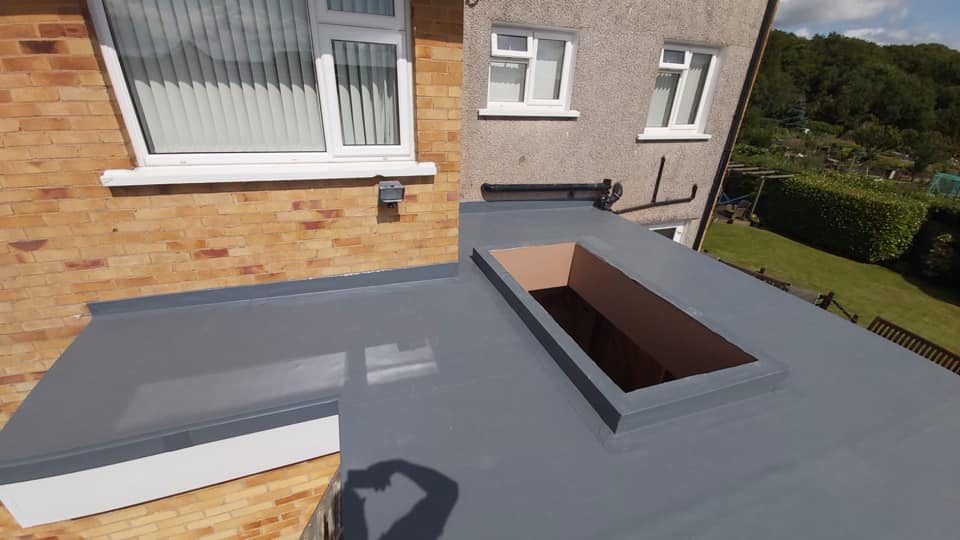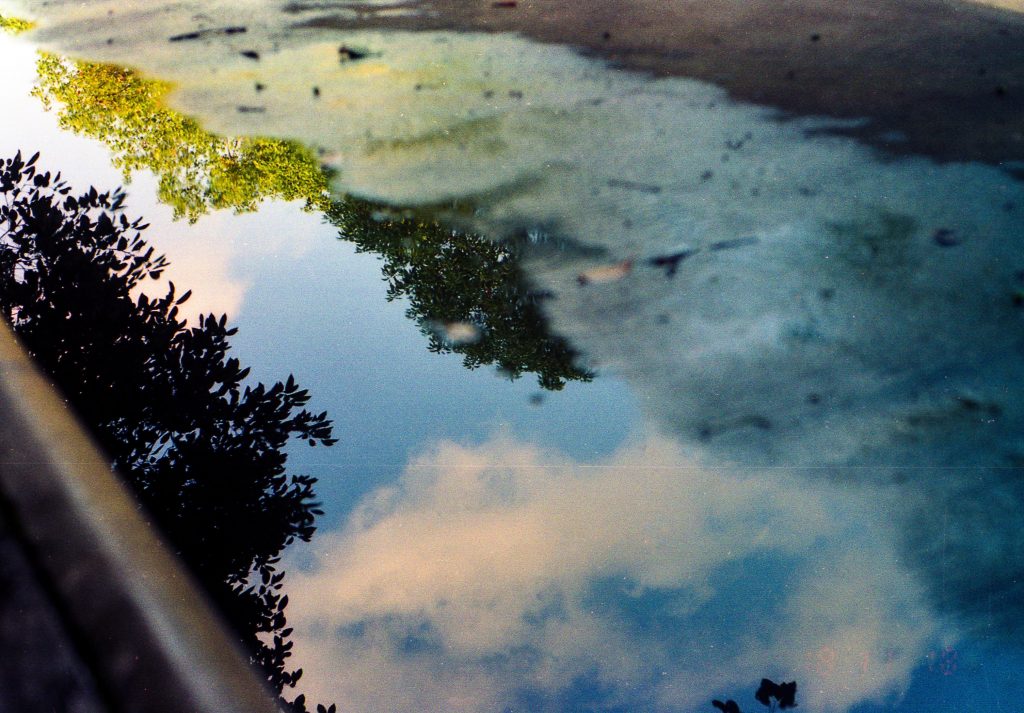A flat roof can look sleek and maintenance-free – after all, no one can see the roof! However, this can be far from true and some people find that their flat roof offers them many more problems than a traditional roof would give them.
However, by keeping up with the right maintenance for your roof, you can prevent these issues from occurring and ensure that your flat roof serves you well for countless years in the future. There are several ways to prevent these issues, from professional inspections, to personally checking up.
Today we have found the best tips for maintaining your flat roof in the summer to alleviate these problems before they even start.
Keep checking up on it
Just because the roof is an inanimate object and cannot feel like us humans, it doesn’t mean that it doesn’t need some TLC every now and then. Many owners of a flat roof fail to check up on it periodically, leading to issues such as premature damage.
As the roof is flat, it is easier to forget about these checkups. However, a flat roof should actually be checked more often than sloped roofs. This is because a flat roof can catch more on top of it that has the potential to damage it.
For example, summer showers can collect on top of a flat roof and make it more susceptible to leaks. You won’t be able to do much about these if you see them on a routine check, but catching an issue early can help keep the fixing costs low.
If you don’t notice blisters or cracks on the roof early, they can quickly grow into much bigger issues. These can cost 10 times more than the original issue, which is why checkups are so important. Check your flat roof at least three times a year, if not more often.
Don’t leave it dirty
Again, flat roofs collect things more easily. This is not just water from rainfall or snow, but also debris such as leaves and twigs from nearby trees. These can also damage the roof and clog the fitted systems, making them less effective and increasing the chance of water damage.
Luckily, you can walk on the majority of flat roofs to easily collect the debris and throw it away. Just be cautious not to damage the roof as you walk on it, as this can be very counterproductive.
In the summer you can easily do this with a broom after a few days of sunny weather. The leaves will all be dried and easy to sweep up, making summer the ideal time. Make sure that you do this at the start of summer as well as the end to get the roof ready for the winter.
Give it its own space
If there are any nearby trees overhanging your flat roof, you might choose to trim these back so that the flat roof can breathe. Overhanging branches can rub on the roof and reduce its quality.
Moreover, having trees too close to your flat roof can cause its leaves to collect on the roof during autumn. This can block the systems and cause water damage to your roof. Trees can also cause moss to grow on your roof which can lessen its quality as well.
If you are able to and have permission to do so, you should certainly consider trimming back the nearby trees so as to not damage your roof unnecessarily.
Shed the weight
Most roofs will have been installed properly and therefore this should not be too much of a concern. However, poorly installed flat roofs can sometimes collapse through too much weight. While unlikely if your roof is of high quality, why risk it?
For this reason, don’t put anything on your roof that is too heavy. The water drainage system should also be working properly and effectively so that the buildup of water doesn’t put too much pressure on your roof.
Fit the systems that it deserves
We have been talking about a high-quality system throughout our entire article, so let us explain what we mean by this. With a flat roof, it is imperative that you have an excellent drainage system in place.
This can stop water pooling and damaging the materials or causing leaks within the building. Flat roofs will only last for around 10 to 20 years with proper care and maintenance, so you need to be looking after them to get the most from them.
A high-quality water drainage system is a good way to keep it happy and working to its full capacity. The summer could be the ideal time to maintain your system and make sure that there is no debris caught in it.
Routine checks of your water drainage system can be done throughout summer to give your roof the best possible chance of surviving gruelling winters.
Watch out for leaks
As soon as you spot a leak in your flat roof, you should call a professional to get it fixed or do it yourself. The longer you leave a leak, the worse it will get. Flat roofs are unfortunately susceptible to leaks and therefore you should always be on the lookout for indicators.
The good news is that summer could be an ideal time to fix the roof while the sun is out. Summer showers also tend to be less dramatic than winter rain, so the lighter rainfall can show you whether your leaks are fixed without drowning the entire building out.
Summary
We hope that our tricks on how to maintain your flat roof in the summer help you to keep your roof going throughout the entire year. Flat roofs can last up to 20 years when looked after properly, so make sure that you give it the best chance of this with a high-quality drainage system and by fixing the leaks as soon as possible.
You can also reduce the amount of debris buildup by sweeping it away regularly, trimming trees back so that they’re not disturbing the roof, and remember to carry out some routine checks.
If you would like a free quote for a professional roof inspection, contact us today.



